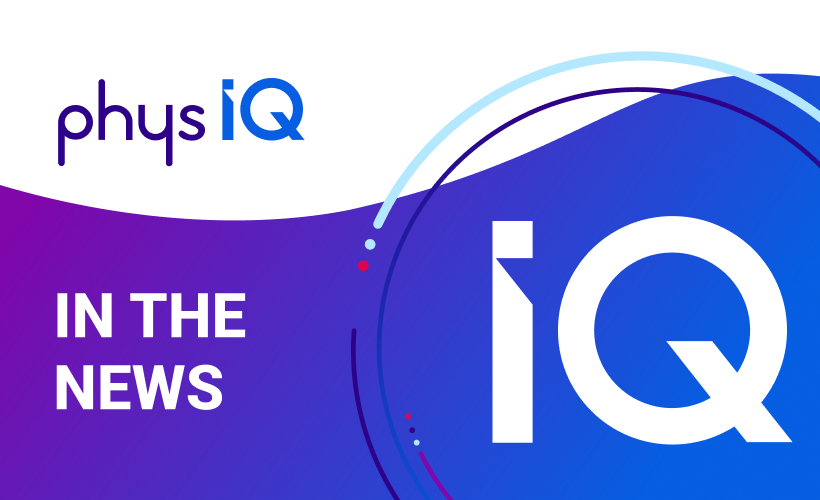Inside an Individual’s Physiological Signature
Originally published in Medical Device & Technology
1 min read
![]() physIQ
:
December 13, 2019
physIQ
:
December 13, 2019

Originally published in PM360
After spinning out of SmartSignal Inc. (acquired by GE), physIQ launched in 2011 with the mission to enable a world where patients simply wear a biosensor device and AI continuously monitors their health, thereby eliminating unplanned hospitalizations and transforming care delivery from reactive to proactive. Through the company’s proprietary, FDA-cleared, AI-based approach to personalized physiology analytics, physIQ has demonstrated the ability to harvest unprecedented insight from continuous wearable biosensor data streams, providing clinicians with ample time to proactively engage the patient and provide pharma companies with unprecedented tools to demonstrate the efficacy of their products.
The HIPAA- and 21 CFR Part 11-compliant platform can collect data from any wearable biosensor and is specifically developed to effortlessly manage enormous physiology datasets and is capable of supporting both near real-time use cases (e.g., pharmaceutical safety monitoring or post-acute care) and retrospective data analysis. In addition to the data platform, physIQ has also successfully navigated the FDA 510(k) process with “black box” AI, demonstrating the ability to get Class 2 clearance on advanced physiology analytics. The company received their most recent clearance in August 2019 for an algorithm to calculate respiration rate in ambulatory patients. They also have 510(k) clearances for QRS detection, heart rate variability, atrial fibrillation detection, and physiology change detection.
By uploading raw waveform data from sensors and applying these proprietary algorithms in the cloud, physIQ is able to not only produce more accurate vital signs but also generate additional insights and improve operational support for clinical trials as well as for near-real time patient care. Using insights from the data collected, payers and health systems are positioned to better diagnose, assess, and care for patients. And pharma companies have new datasets for clinical trials and new tools to support commercial strategies.

Originally published in Medical Device & Technology

Originally published in Pixel Scientia Labs

Originally published in Crain's Chicago